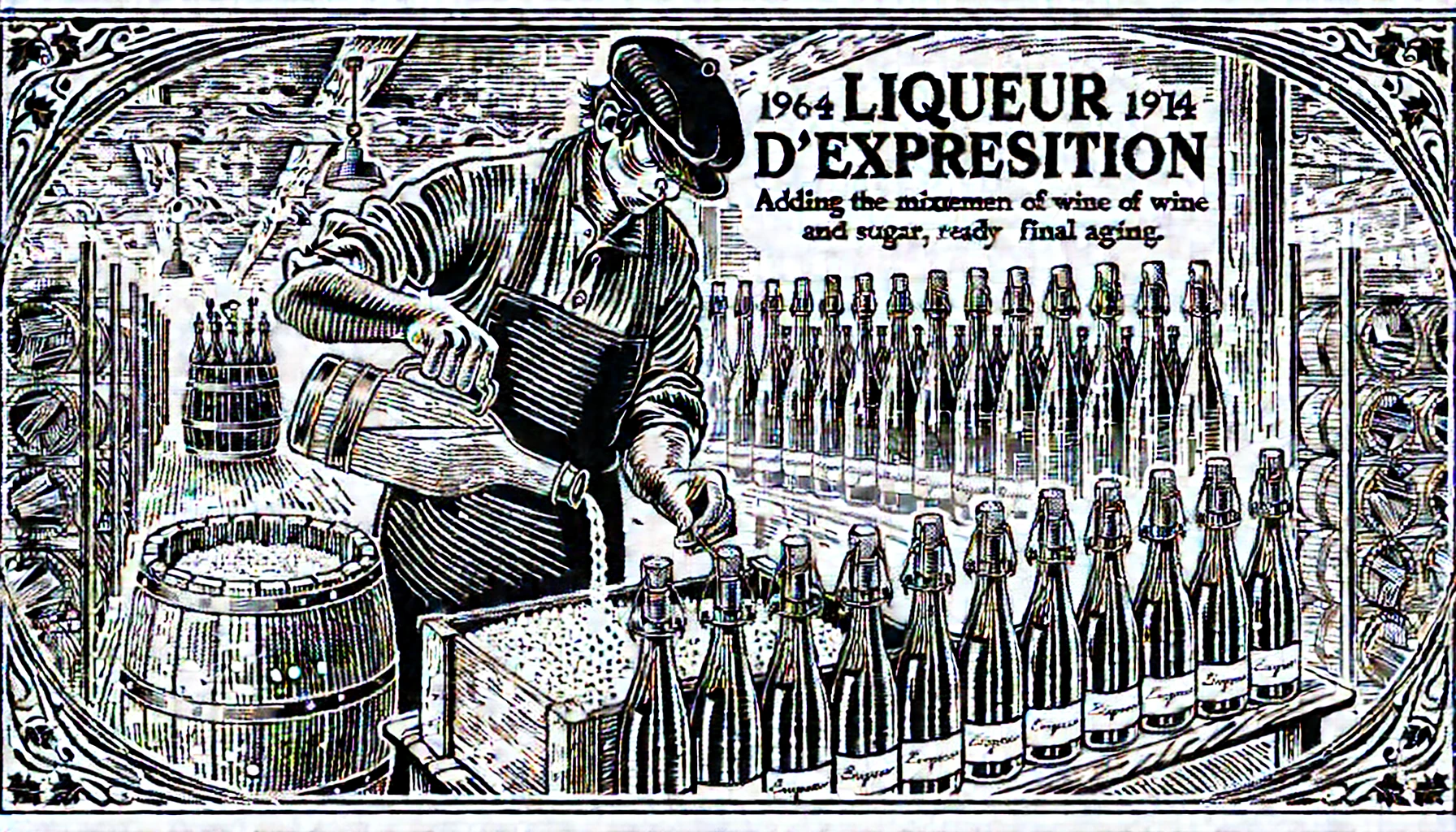
Liqueur d’expédition, also known as dosage, is the final addition to a sparkling wine after the disgorgement process. Winemakers use this blend of wine and sugar to top off the bottle after disgorgement and adjust the wine’s sweetness to the desired level. This step plays a key role in determining the style of the sparkling wine, whether it’s a dry Brut or a sweeter Demi-Sec.
The liqueur d’expédition mixture varies depending on the wine and the winemaker’s preferences. It typically consists of a small amount of sugar dissolved in still wine from the same vintage or a reserve wine. Winemakers carefully balance the sugar level to achieve the desired style. For example, a Brut Nature wine, which contains no added sugar, is the driest style, while Doux, the sweetest style, contains more sugar.
Influencing the Final Flavor
In addition to adjusting the sweetness level, liqueur d’expédition can influence the final flavor profile of the wine. Some winemakers use aged or reserve wines in the dosage to add complexity. Others prefer fresher wines for a cleaner, more vibrant finish. The sugar in the dosage also helps balance the wine’s acidity, creating a harmonious and well-rounded final product.
Once the liqueur d’expédition is added, the bottle is sealed with a cork and a wire cage (known as a muselet) to keep it secure under pressure. The wine may be aged further, or it may be ready for immediate release, depending on the winemaker’s approach.
Liqueur d’expédition is more than just a final flourish; it plays a crucial role in the overall balance, sweetness, and character of the wine. Without it, sparkling wines could lack the refinement and harmony that make them so enjoyable. Whether dry or sweet, the final dosage creates the perfect finishing touch for a sparkling wine masterpiece.
Curious about more wine terms and insights? Visit our Wine Wiki section and explore the basic wine terms for expert definitions and tips!